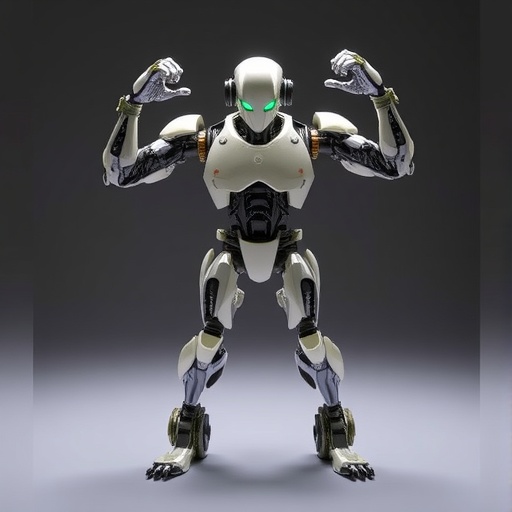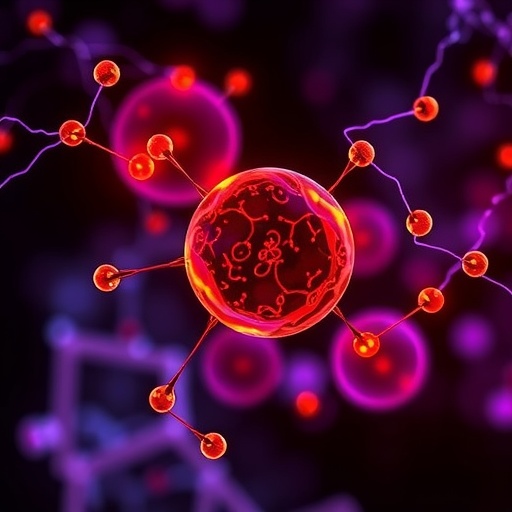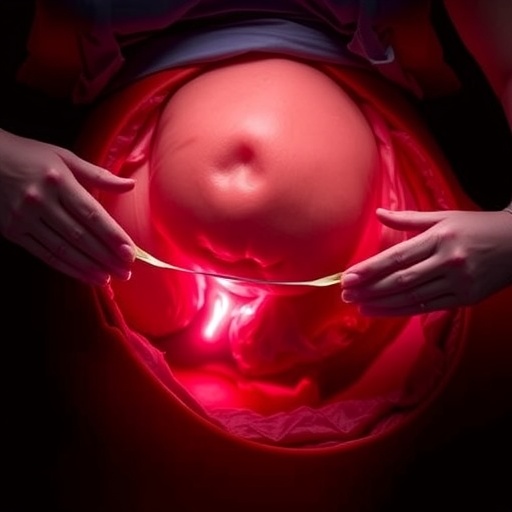Forget the mechanical clatter and the electric buzz of conventional robots. The future of robotic innovation is emerging as a harmonious blend of biology and engineering: biohybrid robots powered by living muscle cells. These extraordinary devices leverage the contractile power of muscle tissue, producing movement with the same biological mechanisms that operate in humans and animals. This vibrant fusion is opening new frontiers in biomedical engineering and robotics, where machines don’t just move—they live.
At the heart of this revolution lies the integration of two distinct types of muscle tissues: skeletal and cardiac. Skeletal muscle, renowned for its powerful, voluntary contractions, provides the ability to generate robust and precise movements. Cardiac muscle, on the other hand, beats autonomously, enabling continuous and rhythmic operation. Each tissue type brings unique challenges and opportunities in the fabrication process, necessitating tailored methods to cultivate muscle cells within engineered frameworks that coax them into synchronized contraction and coordinated function.
The fabrication techniques underpinning this extraordinary development are truly pioneering. Methods like 3D bioprinting allow for the precise deposition of living cells alongside biocompatible materials in intricate architectures, establishing spatial control over cell alignment and density. Electrospinning creates nanoscale scaffolds mimicking the extracellular matrix, providing topographical cues guiding muscle fiber organization. Microfluidics introduces channels that regulate nutrient flow and biochemical gradients, essential for sustaining cell health and facilitating maturation. Self-assembly further offers the prospect of cells autonomously organizing into functional units, harnessing natural biological processes to achieve complexity.
Despite the promise, one of the greatest obstacles facing muscle-powered biohybrid robots is their inherent fragility. These living machines are sensitive to environmental disruptions, with limited durability outside highly controlled laboratory conditions. Their miniature size and delicate nature constrain their functional lifespan and scalability. Overcoming these limitations demands innovation in reinforcement strategies—multi-material printing introduces structural complexity and mechanical robustness, perfusable scaffolds maintain metabolic support by distributing nutrients and oxygen effectively, and modular designs enable adaptability and repairability, pushing these biohybrid systems closer to practical utility.
The potential applications of these biohybrid constructs stretch far beyond conventional robotic tasks. Imagine microrobots swimming through the human circulatory system, delivering drugs with unprecedented precision or sensing physiological changes in real time. Engineered muscular tissues could serve as dynamic implants that promote regeneration in damaged organs, blending seamlessly with native biology. Beyond medicine, living machines may also function as adaptive sensors and actuators in unpredictable environments, merging biological resilience with engineered control.
What propels this emerging field is the deepening understanding of muscle physiology in conjunction with material science and microengineering. Successful actuation in biohybrid robots hinges on ensuring muscle cells not only survive but thrive in engineered environments. This means meticulous control over substrate stiffness, biochemical signaling, and spatial orientation, factors that influence muscle fiber maturation, contraction strength, and responsiveness. Only by mastering these parameters can scientists translate cellular contractions into meaningful mechanical outputs.
Researchers are optimistic that continued advancements in fabrication technologies will enable biohybrid robots that are scalable, robust, and functionally versatile. The future could see ensembles of synchronized muscle-powered units capable of complex locomotion, task execution, and adaptive responses to their surroundings. Integration with electronic interfaces and smart materials may further enhance performance, offering closed-loop control and real-time feedback that mirror the adaptability of living organisms.
Moreover, the boundaries between living systems and engineered devices are dissolving as these biohybrid robots evolve. Unlike traditional machines, they have the potential to repair themselves after damage, adapt their functionality based on environmental cues, and even grow in complexity over time. This paradigm shift could herald a new class of bio-integrated machines that augment human capabilities, participate in delicate surgical interventions, or serve as living models for disease research, offering biological insights impossible to replicate in silico.
This exciting field is still in its infancy, characterized largely by proof-of-concept studies and small-scale prototypes. However, the trajectory is clear. The collaboration of biologists, materials scientists, engineers, and clinicians is accelerating progress. As fabrication methods mature, the dream of muscle-powered robots operating autonomously in real-world, harsh environments is becoming tangible. They may soon transition from fragile novelties to indispensable tools in medicine, environmental monitoring, and industry.
Dr. Su Ryon Shin of Harvard Medical School, spearheading much of the recent research, underscores fabrication as the linchpin. Beyond assembling components, it shapes the very performance of these living machines. The interplay between cell biology and engineering dictates their motion, adaptability, and durability. The next generation of biohybrid robots will thus carry the hallmark of exquisite design, marrying the complexity of life with the precision of technology, ultimately transcending the limitations of traditional robotics.
The age of robotics powered by muscle cells paves the way for machines that beat, contract, and grow, mirroring the fundamental essence of life itself. This biohybrid frontier expands our conception of what robots can be and do, blending science fiction with imminent reality. In this transformative endeavor, engineering meets biology, promising not only innovation but perhaps a redefinition of life and machine altogether.
Subject of Research: Advanced biofabrication of muscle cell-powered biohybrid robots and their engineering integration.
Article Title: Advanced biofabrication techniques of muscle cell-powered biohybrid robots.
News Publication Date: 17-Oct-2025.
Web References:
https://iopscience.iop.org/journal/2631-7990
http://dx.doi.org/10.1088/2631-7990/ae0bc7
Image Credits: By Niyou Wang§, Yipei Yang§, Zahra Rezaei, María José Veana Hernández, Kannan Govindaraj, Carolina Vazquez Garzon, Marina Colin, Alan de Jesus Alarcon Rodríguez, Alvaro Dario Martinez Blanco, Jose Joaquin Velasco, Jihyun Lee, Jeong-Woo Choi and Su Ryon Shin*.
Keywords: biohybrid robots, muscle-powered robotics, 3D bioprinting, electrospinning, microfluidics, self-assembly, skeletal muscle, cardiac muscle, biofabrication, tissue engineering, biomedical robotics, living actuators, modular bio-robots.
Tags: 3D bioprinting technologyautonomous robotic systemsbiohybrid robotsbiomedical engineering innovationscardiac muscle applicationselectrospinning techniquesengineered muscle cell cultivationfuture of robotics and biologyliving muscle tissue in roboticsmuscle-powered machinesrobotic movement biologyskeletal muscle integration





